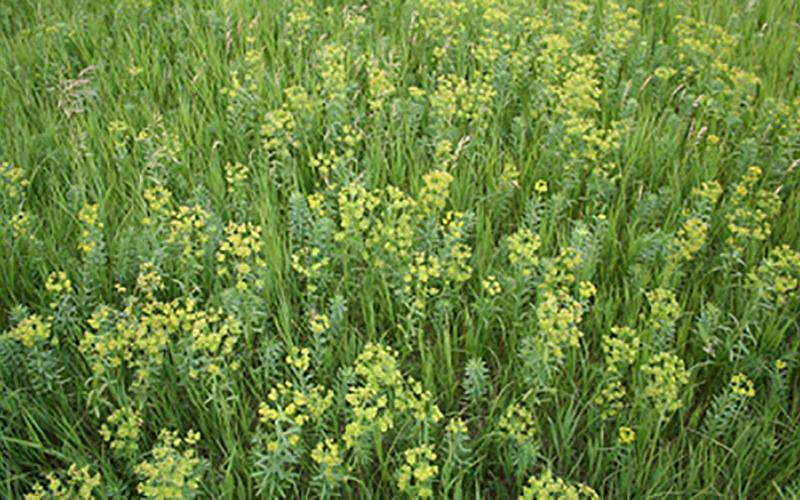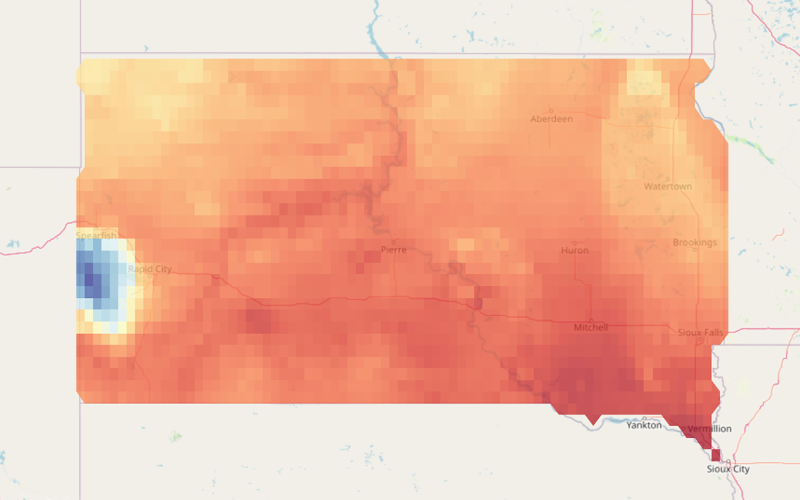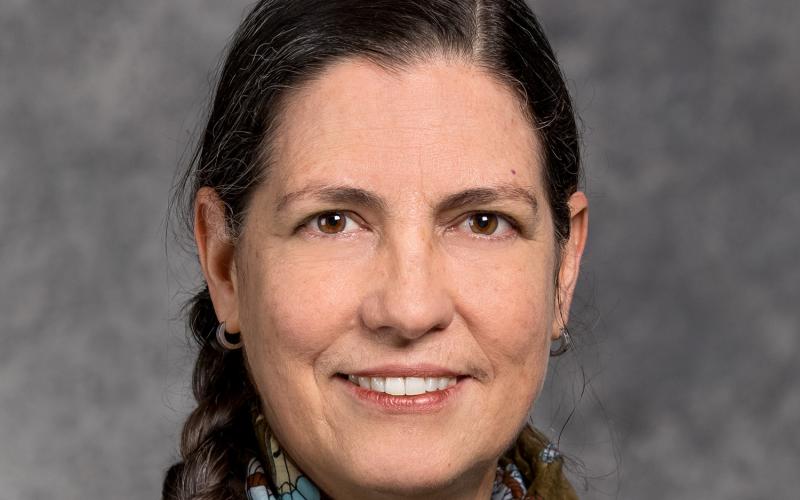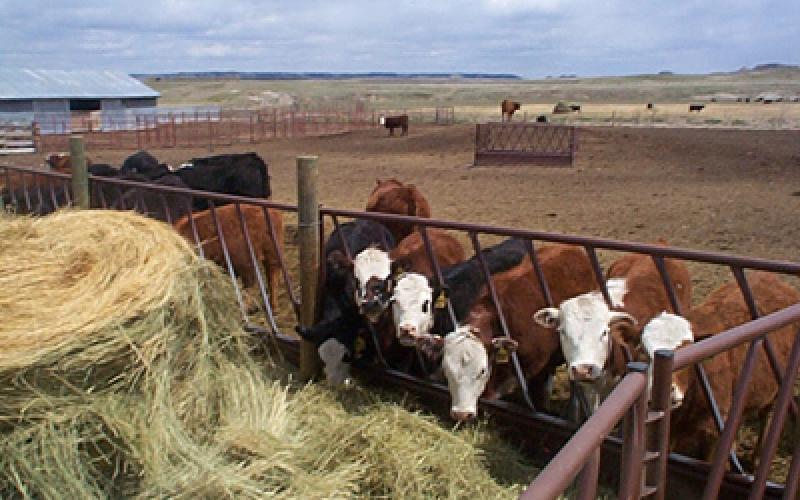Livestock
All Livestock Content

April Ag Economic Dialogues Discusses Carbon Credit Contracts
April 08, 2022
SDSU Extension will host the next Ag Economic Dialogues webinar on April 15 at 10 a.m. CDT. The April webinar will cover how to evaluate carbon credit contracts.

Cows Eat Weeds
By utilizing grazing as a means of cultural control, producers have the potential to decrease input expenses while reaping the benefits of inexpensive weed control through animal nutrition.

Spot Treatment Options for State Noxious Plants
When controlling grassland weeds, the mindset of row crop weed control may be put into practice too often. In most cases, broadcast control of weeds in grasslands is rarely necessary. Most often, spot treatment can be used more effectively to manage the noxious and invading weeds.

Alternative Pasture Weed Control
The term ‘weed’ can be broadly applied to any plant that is undesirable at any given time and place based on certain criteria. It is important to understand that the word ‘weed’ has become a general term with no universal definition, and many plants are considered to be weeds, depending on location.

South Dakota Grazing Readiness Spring Turnout Map
The South Dakota Grazing Readiness Map uses historical climate data to provide livestock producers with a range of spring turnout dates for their location based on grass type.

Comparing Feeder Types in the Wean-to-Finish Barn
The differences in pig performance are important to consider in choosing feeder type between dry feeders and wet-dry feeders. Learn some key findings from South Dakota State University's wean-to-finish barn.

Phytobiotics-based Product Found to Impact Bacterial Populations in Gut of Weaned Pigs
As additions to feed or water, phytobiotics have shown promise in alleviating some of the negative effects of weaning on piglet health and growth performance.

SDSU Extension Welcomes New Dairy Field Specialist
April 05, 2022
Patricia Villamediana recently joined SDSU Extension as a dairy field specialist and will work to improve agricultural profitability and growth of the dairy industry through research-based programming and resources.

Agronomic Considerations for Moisture Deficit Conditions
The current soil moisture stress in South Dakota could be more pronounced than we have seen in last few years. If this continues, cropping decisions may need to be adjusted for the upcoming growing season.

Herd Management: Keep or Cull During a Drought?
Drought forces unexpected changes so it’s critical to have a strategy to keep only the “right” females that will benefit the operation.